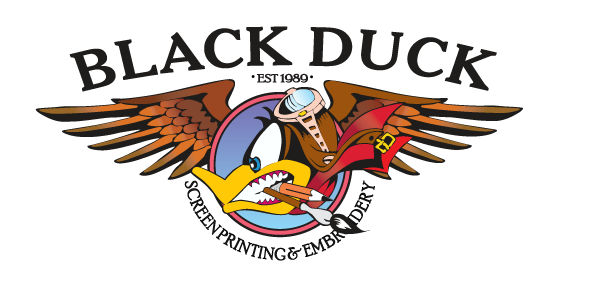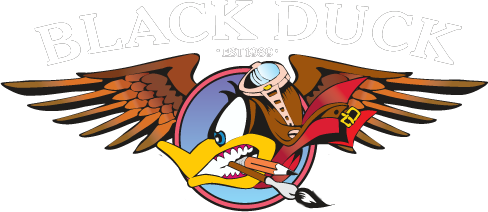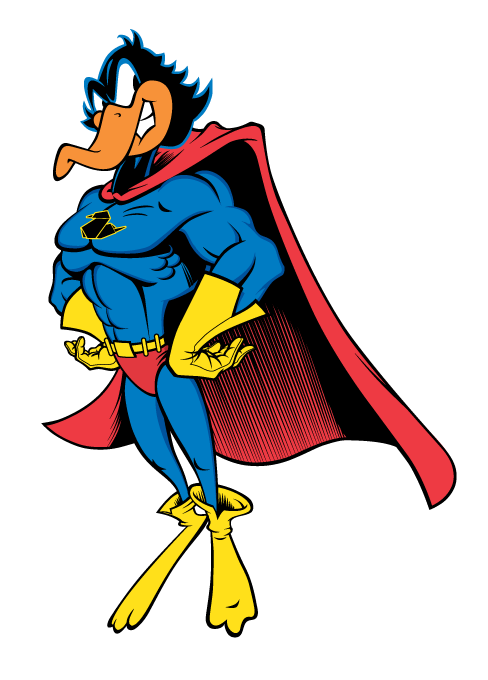Design Tips for Embroidery
LETTERING SIZES AND STYLES
Block capital lettering can be regularly executed as small as .2 of an inch, sometimes smaller on the proper fabric or fill, but .2 of an inch is the smallest recommended size for lettering. Lowercase lettering must be larger, around .25 of an inch, as the closed portions of letters, i.e. the loop on a p, b, or d, must be at or around .2 of an inch to stitch well. Serifed fonts, i.e. Times new Roman, and script fonts, do not run well at small sizes and will make your design look sloppy. They make small lettering illegible and run badly during production. To avoid text becoming too small, stack text in areas where space is horizntally limited, and be sure that any text included in a design is necessary to your application.
GARMENT TYPES
DESIGNS DIGITIZED FOR FLAT GARMENTS DO NOT ALWAYS RUN PROPERLY ON CAPS.
Due to the construction of caps and the process used to embroider them, a different sequence must be used in the digitizing of caps. Most cap designs should not exceed 2.25 inches in height or 4 inches in width. A pocket logo can exceed this height. Consider different designs or design versions for flat garments and caps.
MATERIALS
DESIGNS MUST BE DIGITIZED DIFFERENTLY FOR SOME MATERIALS.
Some materials are difficult to embroider on. Sweatshirt knit and fleece bury stitches and make letters and other columns look narrow, pique, used for most polo shirts, breaks up small letters and causes distortion. Jackets with linings cause distortion and shift design registration. Lycra stretches and deforms designs. A design for fleece run on leather can cut the design from the garment like a medallion. The digitizer must adjust for the qualities of the fabric. One design can’t be run on every material, but if the digitizer is notified of materials to be used he can make a more universal design, and when the materials are absolutely incompatible, can create a different version for the desired material.
COLORS
Color blending can be achieved with embroidery, but smooth gradients reqiure at least 3 colors to execute. As the best designs will have fewer than 9 colors of thread, consider what effects are necessary. If a design has multiple gradients of different colors, it will likely have to be simplified for embroidery.
Designs may also need to be digitized differently for different colored garments. Though this is less likely to cause problems as fabric choice, different color schemes will look different when stitched out. Lighter threads tend to be thicker and cover differently than darker threads.
THINGS TO REMEMBER
Embroidery is thread! It has some limitations. Lines thinner than thread cannot be created, and one should avoid packing too much small detail into an area. Too many colors and details on top of one another can mean a dense, uncomfortable design to wear. Your digitizer will always suggest the best way to modify your design for the highest quality embroidered result. A digitizer wants the same things you do; for the job to run quickly and with superior quality. He wants to do excess editing and sampling as little as you want to wait for it, and the finshed garment quality reflects as much on a digitizer’s skill as your design.

Fill out the form and SAY HELLO!
Ph: +1 505-884-3656
Fx: +1 505-884-3979
Mon-Fri: 8:00am - 5:00pm
4820 Pan American East Fwy NE - Albuquerque, NM 87109

